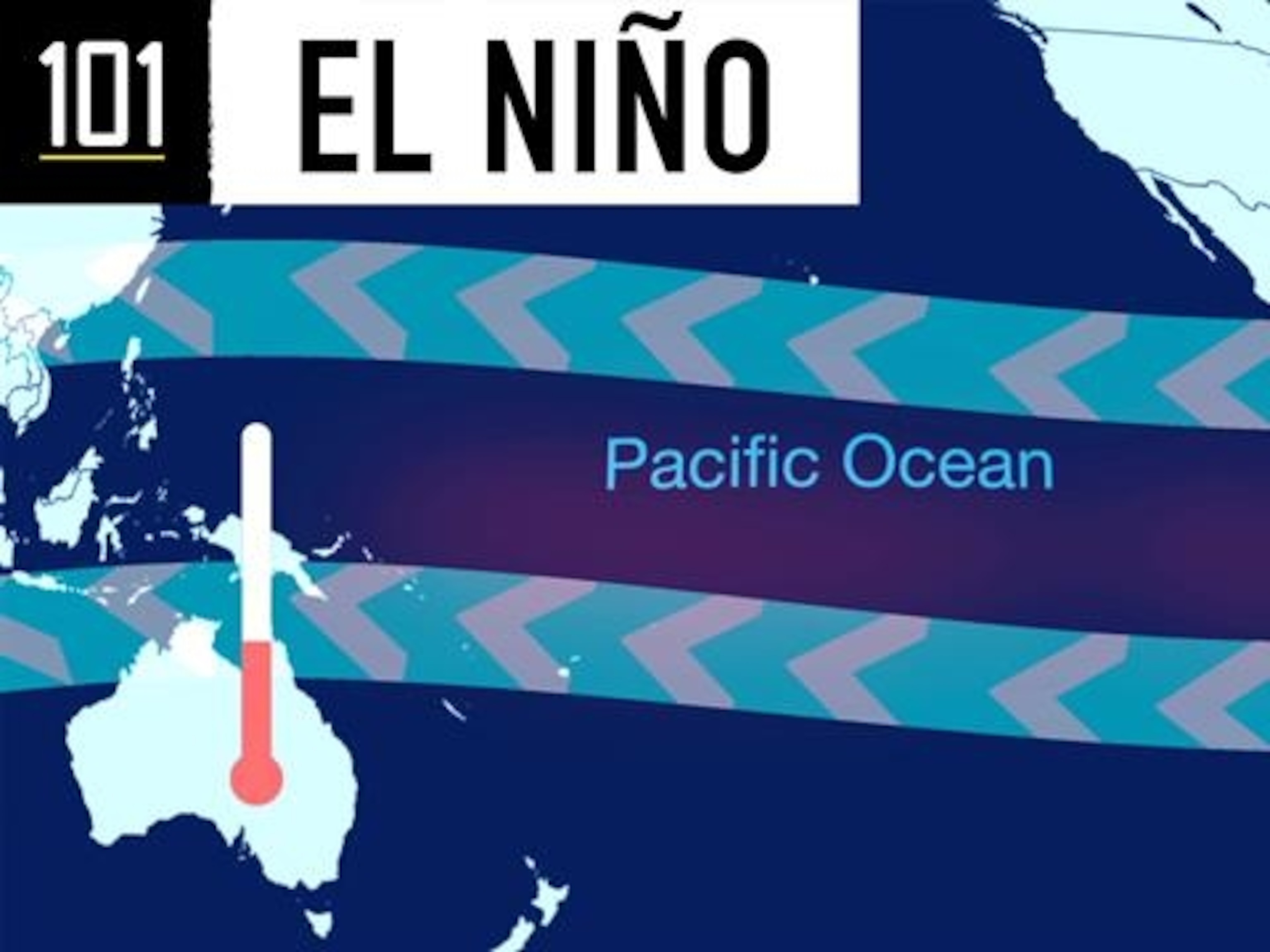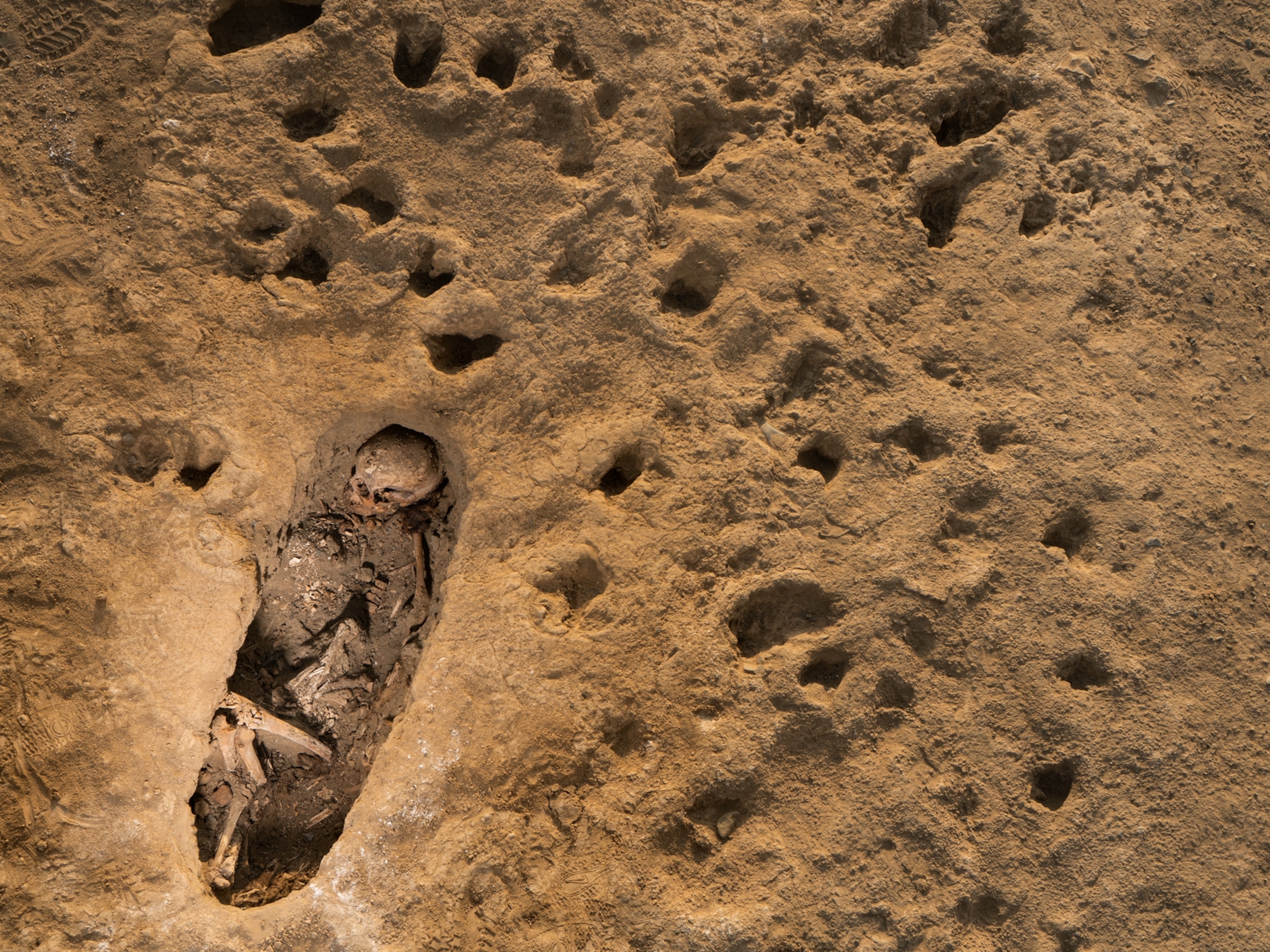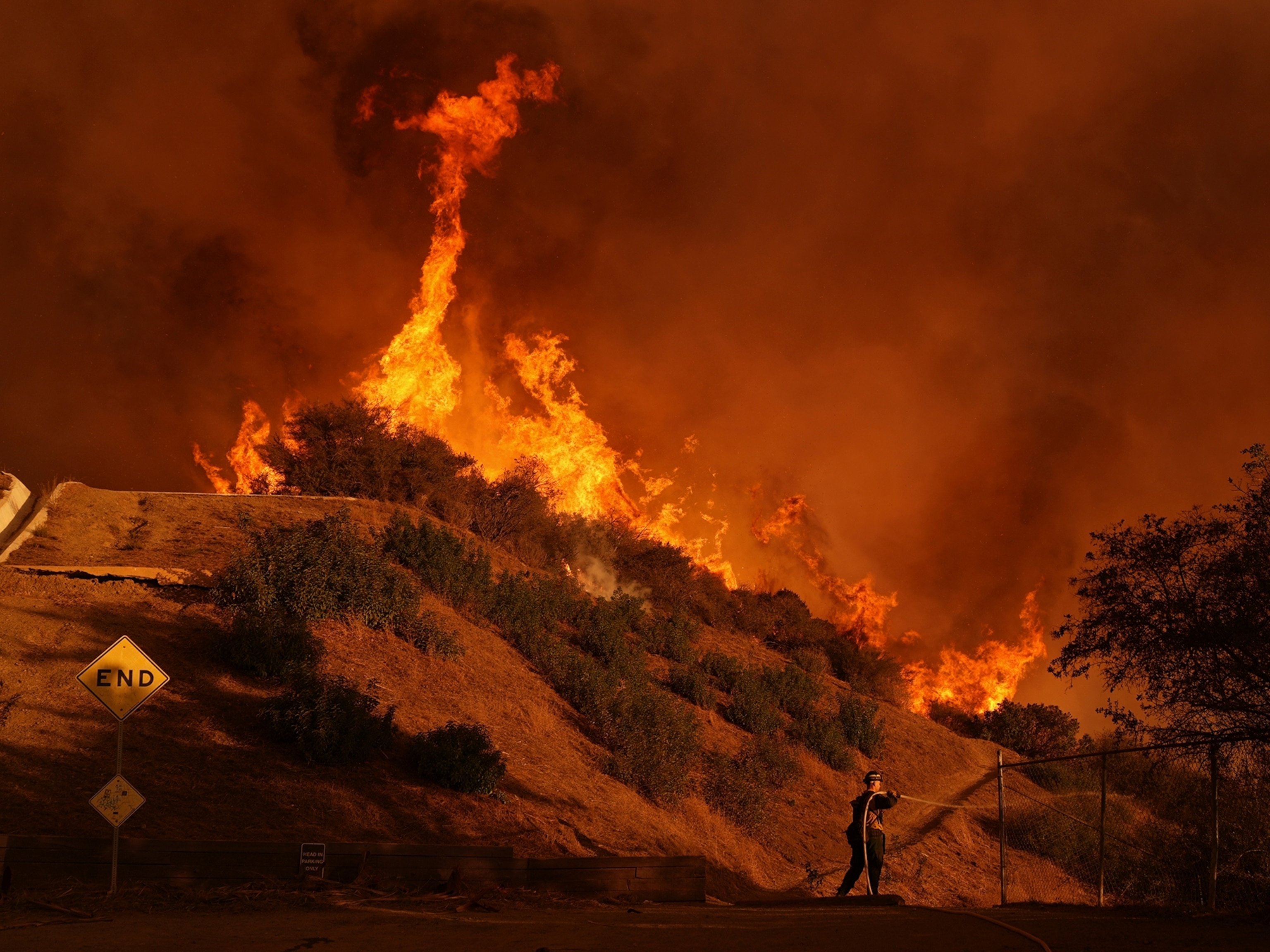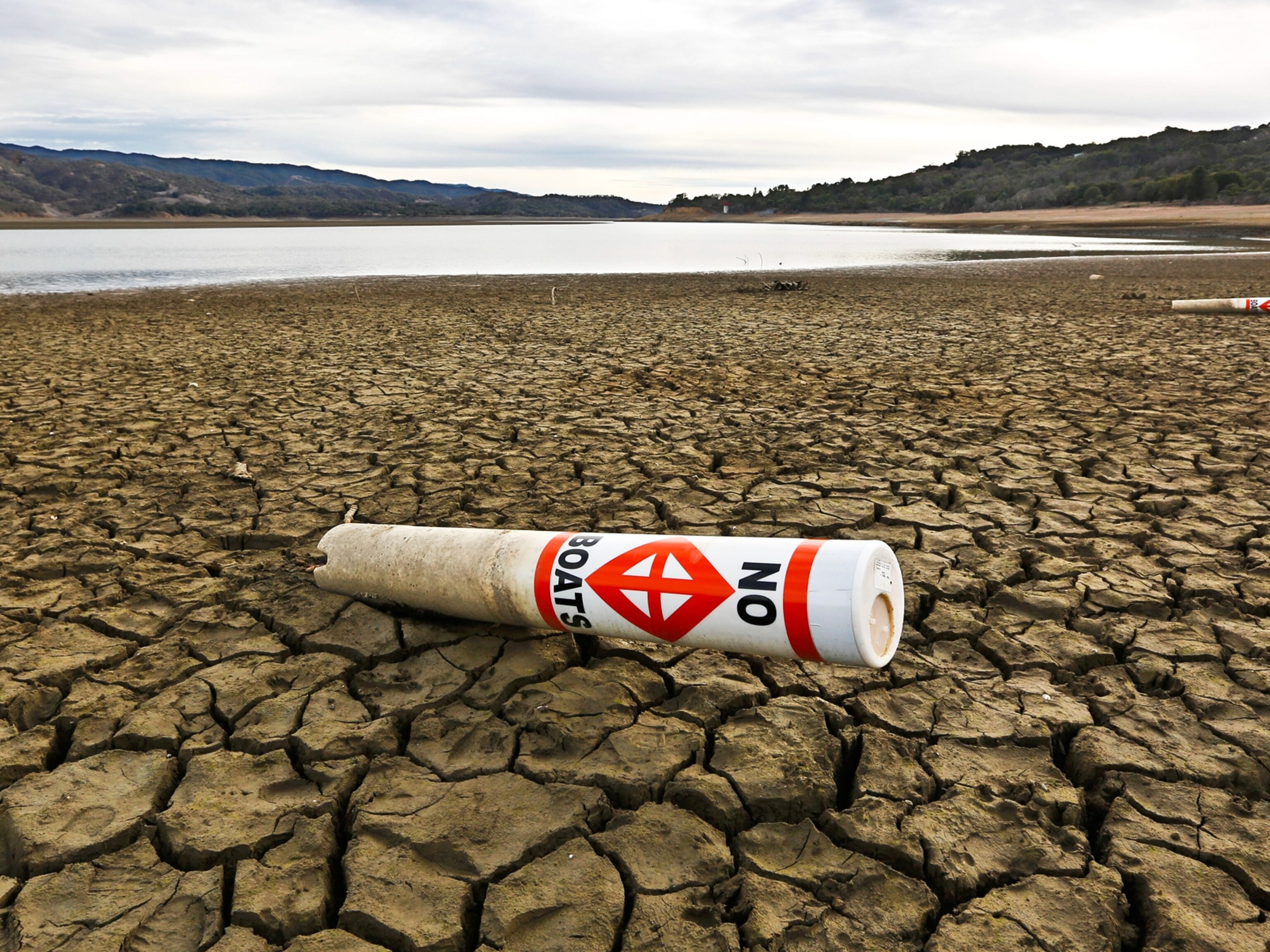
Is El Niño Back? Climate Scientists Forecast Its Arrival
What does that mean for global weather? The climate pattern explained.
The odds are in El Niño's favor. The U.S. Climate Prediction Center forecasts a greater than 50 percent chance that the climate-disrupting phenomenon could be upon us as early as this summer, with a two-in-three chance we'll be welcoming it by winter. Fingers are crossed in drought-ridden California, where a strong El Niño could increase rain and snowfall.
The last El Niño occurred in 2009-2010 and brought drought to Australia and rains to California. The weather pattern generally occurs in cycles of two to seven years and is the warm extreme of the El Niño/Southern Oscillation (ENSO), the fluctuation in tropical Pacific Ocean temperatures. The cold phase of the oscillation is called La Niña. (Since El Niño tends to be especially strong close to Christmas, South American fishermen named the weather pattern after the Christ child.)
El Niño is born when warm water around Indonesia shifts to the eastern Pacific. Currently, the subsurface temperatures in the eastern Pacific are 5 to 6 degrees Celsius above average. "The warm water causes deep convection [thunderstorms]," says Michelle L'Heureux, a climate scientist at the Climate Prediction Center, "which releases a ton of energy and can have a huge domino effect."

The effects are felt around the globe. The southern United States often experiences more rain than usual, while Australia, Indonesia, and the Philippines receive far less. Winters tend to be warmer over the northern part of the United States, and the Atlantic experiences fewer hurricanes. Floods, drought, and disease all tend to follow in El Niño's wake. (Related: "El Niño/La Niña: Nature's Vicious Cycle.")
El Niño is a wild card: Even though it can be forecast months in advance, what it means for local weather can be hard to predict. Throw in climate change and things get wilder still. Some research indicates that the climate pattern could become more frequent and more intense as the ocean heats up, but this is still up for debate. El Niño also may exacerbate the ongoing effects of climate change. "If climate change is causing an area to get wetter," says L'Heureux, "El Niño can intensify that."
Some meteorologists are speculating that, given the high subsurface temperatures, this El Niño could match the one in 1997-98, which killed an estimated 23,000 people and caused more than $33 billion in damages.
However, it's too early to predict the strength of this year's El Niño, says L'Heureux. Spring forecasts tend to be the least reliable: They can home in on the likelihood that El Niño will occur, but not on how intense it will be. "This is actually a fairly bullish forecast considering that we're still in spring," she says.





